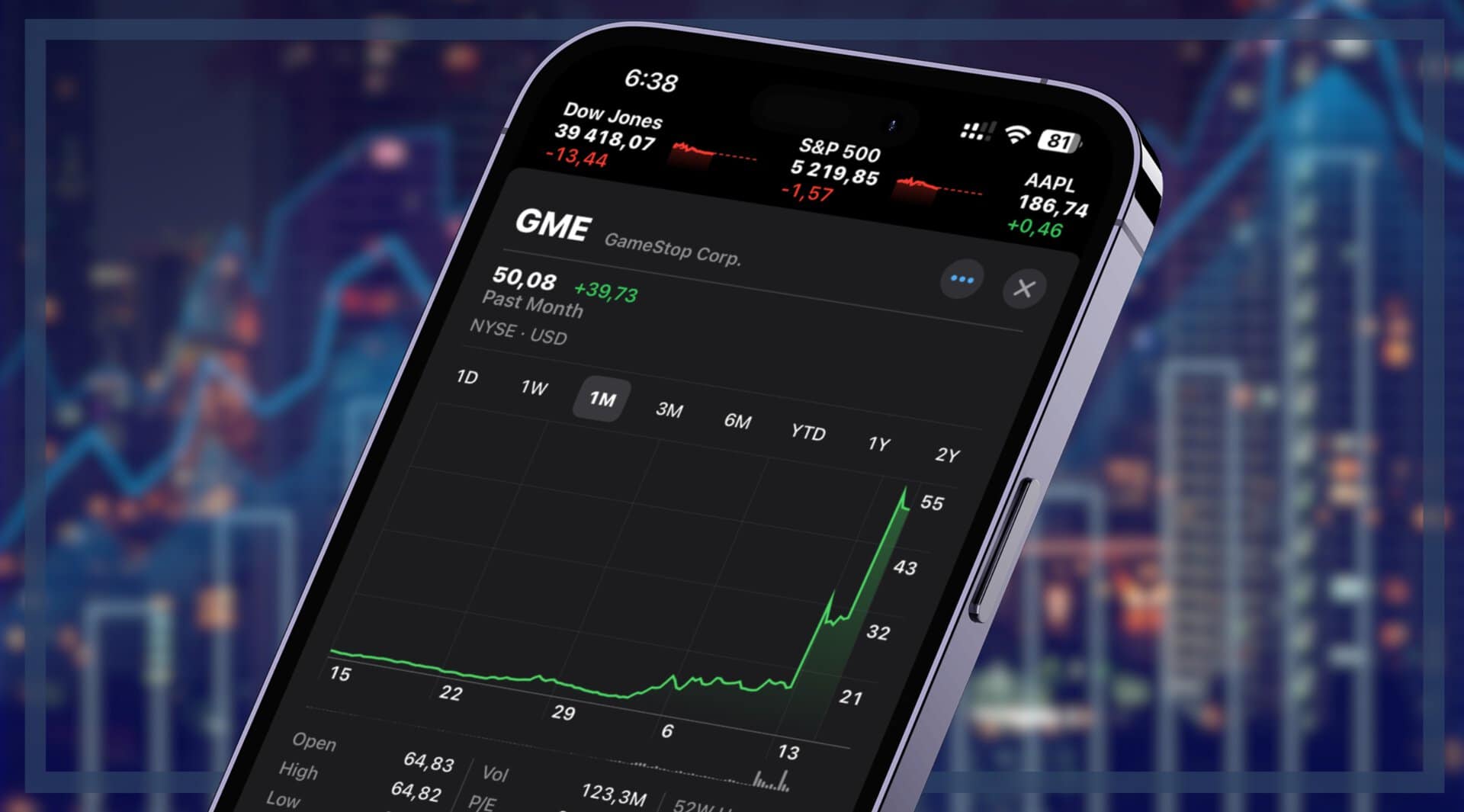Put very simply, quantitative traders are in the business of data. According to the LSEG, quants spend anywhere between 40-80% of their time gathering, cleaning, and normalising data from disparate sources – data which is then used to power the algorithms and models that execute their trading strategies.
Given this, it is perhaps little surprise that much of the discussion at yesterday’s Quant Strats event in London focused on the data being used by the global quantitative trading space and the challenges they face in accessing the optimal datasets for their models.
Today's @QuantStrats 2024 in London is a must-attend event for buy-side and sell-side innovators! Stay tuned for insights from Europe’s leading investment firms! #QuantStrats #InvestmentBanking #Quants #QS24 #QuantitativeStrategies #Inflation #Datahttps://t.co/A0BxcUOwga pic.twitter.com/SdfxOsTuA2
— #DisruptionBanking (@DisruptionBank) October 8, 2024
Mark Fleming-Williams, Head of Data Sourcing at Capital Fund Management (CFM), outlined to the conference how he sees the challenge of approaching data – and finding the datasets that will help give his model an edge compared to competitors.
“There is a gigantic ocean of data out there. There are the obvious data sets that everyone knows and are at the front and centre of every event you’ll go to. And then there are a lot of tiny ones which perhaps won’t amount to anything and won’t be there the next conference you go to,” he said.
“And then there are the ones which could be really interesting – the ones that you could end up with for a while before anyone else discovers, if you discover them the right way. I see our job to be trying to create serendipity, trying to create moments where we might discover a data set, not on a well-travelled path. That’s the dream.”
Of course, identifying valuable datasets that other quants have not yet noticed is very tricky, particularly in an age where information has never travelled more rapidly. But Laura Serban, Managing Director at AQR, also noted that the relative lack of innovation in the market currently is also making it more difficult for quants to access new streams of high-quality data.
“I would say the pace of innovation right now and the volume of new data that is going to the market is a little bit lower than what we’ve seen in the past,” she said. “There’s still a lot of small data vendors, but a lot of the ideas are, I would say, fairly similar to what we’ve seen in the past.”
"High-quality data is a problem that many quants encounter. This is because high-quality data is often expensive and difficult to obtain."https://t.co/5yhcRD5T2b
— #DisruptionBanking (@DisruptionBank) October 9, 2024
Alison Hollingshead, Investment Management COO at Jupiter Asset Management, argued that an exception to this is in the ESG space, where new sustainability guidelines in the EU and UK are creating a need for more streams of relevant data.
“There has been so much in terms of SFDR and SDR regulation where quants are looking for data points to support investment theses,” Hollingshead noted. There has been quite an evolution for investment managers in terms of thinking about this new framework and the datasets required for that.” However, the broad industry trend remains the same: fewer new datasets are coming to market.
Fleming-Williams suggested that this may change as he suspects “there is a gigantic amount of sleeping data out there,” but that “the risk-reward dynamic has not yet reached the level where it justifies selling this data to hedge funds and others on the buy side.”
Another issue that many of the quants at the event were concerned about is the apparent “consolidation” of data providers that appears to be underway. Fleming-Williams explained that “potentially the future is three or four large data providers who have bought up all the smaller players.” This would cause major problems for quantitative trading firms, whose ability to negotiate on the cost of datasets would be severely limited.
“I think the idea of one data provider being able to provide all the data is terrifying – given the monopoly pricing that would ensue,” Fleming-Williams said. “As it stands, data providers don’t know how much we’re paying for other data. We don’t know how much everyone else is paying for the same data as well, so it works both ways. But if the data was all centralised under one provider, then they would hold all the cards. It would be a bad situation for us.”
Over the last few months, the market has seen two of the most prominent fixed income trading venues expand their service offerings through acquisitions of algorithmic trading providers.https://t.co/gXIAuXGsjQ
— #DisruptionBanking (@DisruptionBank) October 9, 2024
Notwithstanding the consolidation trend among data providers, quant firms have long struggled to work out what the optimal price to pay for datasets actually is. Interestingly, Serban said that “at one point, we did try to build a model to try and figure out how much we’re really willing to pay for data.”
“There were quite a few inputs to that model – a lot of them related to how much alpha it adds to the actual optimised portfolio and how much capacity the datasets had,” she explained. “I would say that the model tended to be a little bit too conservative, because the first input points are very hard to estimate. We still try to look at how much alpha you can generate with new datasets, but we are a little bit more discretionary in how we apply that specific model.”
Of course, in the ideal situation, “the data pays for itself,” in Fleming-Williams’ words. “Once we’ve done a trial, then we’ve got an idea of how much we think it’s going to make, and then we have the price discussion, and so we have an idea of how much we want to pay for it.” However, the industry trends discussed at Quant Strats suggest that this process is becoming even more challenging than usual.
Author: Harry Clynch
#QuantStrats #Quants #Data #Trading #DataProviders















